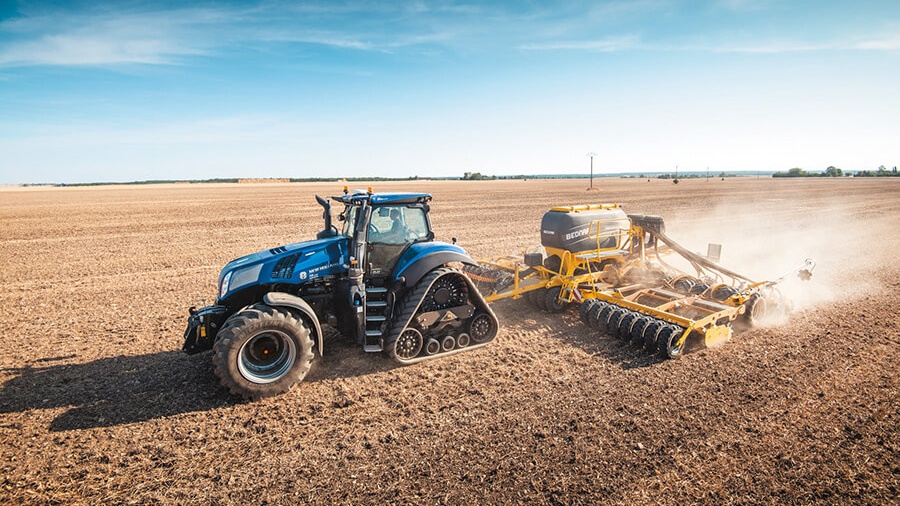As expected, agriculture was a big talking point at the UN’s Global Climate Change Summit, COP26, in November. Deforestation, commodity trading and sustainable jobs were all on the agenda, but agriculture’s responsibility for up to 23% of global greenhouse gas emissions continues to grab the headlines– and that figure doesn’t include transportation.
Under increasing pressure from climate change, global population growth, rising costs, and ongoing supply chain issues, the farming industry has come to a critical juncture: to meet climate change goals, agricultural producers need to get better at tracking and monitoring their operations. And while technology won’t fix all the sector’s problems, it will certainly play a pivotal role: more than half (56%) of agriculture executives in the US say they’re already using emerging technologies to inform future business decisions. Ninety-six per cent agree that emerging technologies are having a positive impact on agriculture.
Connecting farming to the future
Cubic’s connected software solutions are helping agricultural businesses understand their environmental impact – and change accordingly. Improving vehicle connectivity and extracting data insights to address rapidly evolving climate and production demands will give farming companies the platform they need to start solving their climate, productivity and supply chain challenges.
Many agricultural machinery manufacturers are building more advanced vehicles with on-board technologies that rely on advanced connectivity and analysis to improve efficiency and yields. These tractors and harvesters are far from cumbersome, imprecise tools and can make inch-perfect adjustments to their routes and attachments to ensure the perfect results. For example, a single John Deere connected tractor and planter can precisely plant over 700 corn and 2,800 soybean seeds every second.
These increasingly high-tech farming machines can boost production, help lengthen growing seasons and adapt to changing environmental patterns. However, while they have great potential, farms by their very nature tend to be rural. And mobile network connections can be pretty patchy once you get outside of big towns and cities. Connecting farm vehicles to mobile networks is no small task; if you have a range of vehicles in different countries, the problems of patchy connectivity are multiplied even further.

Precision farming, accelerated
Cubic Telecom is helping leading agricultural players connect their vehicles around the world. CNH Industrial wanted to ensure automatic data synchronisation from field to cloud at a global scale. Cubic’s PACE enables CNH Industrial to connect their tractors, harvesters, and crop protection modules to LTE and 5G connections in Europe, North America, Brazil, and the Asia-Pacific regions. These different markets use different mobile network operators and have different regulatory setups, making operating at scale challenging for OEMs. PACE makes this easy with at-manufacture installation and a unified platform.
Admittedly (and sadly), PACE won’t solve climate change on its own. However, giving agricultural giants the tools they need to improve efficiency in the fields, as well as improving supply chain tracking, is a step in the right direction. With better farming, we will be able to feed tomorrow’s population and, with a better understanding of how our agriculture vehicles are being used, we begin moving in the right direction to reduce the greenhouse gas emissions created by farming.
Learn more about how Cubic Telecom’s technologies are enabling new insights and connectivity for sustainable agriculture, download your copy of Connected Software Driving Performance for Agriculture today.

